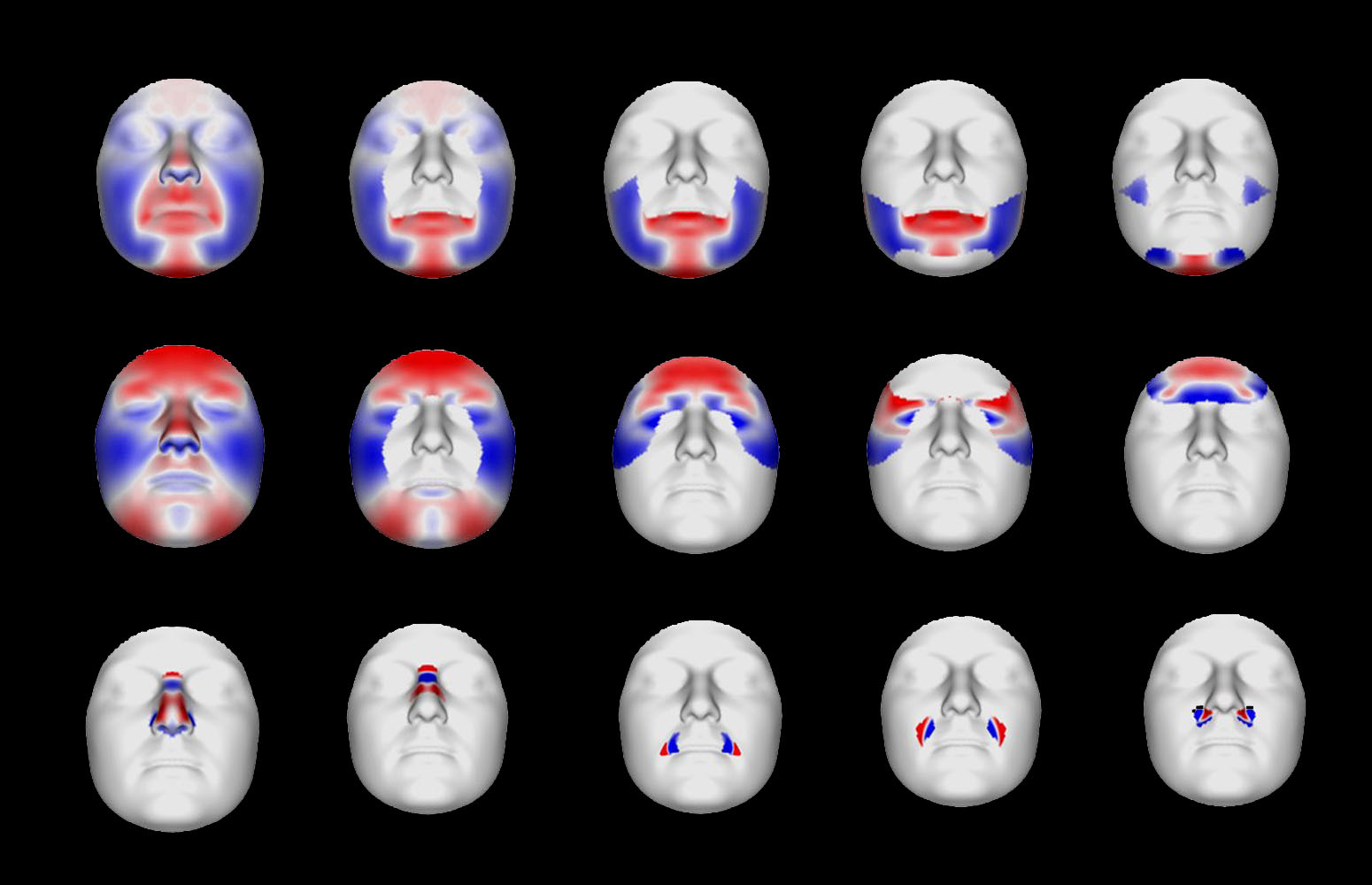Numerous polar storms on Saturn analysed by the UPV/EHU’s Planetary Sciences Group
The research has been published in the scientific journal “Nature Astronomy”
- Research
First publication date: 22/10/2019

“Nature Astronomy” has published the results of the research conducted by the Planetary Sciences Group at the UPV/EHU-University of the Basque Country; the group is led by Professor Agustín Sánchez-Lavega and their research deals with the monitoring they carried out on a series of huge, long-lived storms that took place on the planet Saturn.
Sánchez-Lavega’s work appears under the title 'A complex storm system in Saturn’s north polar atmosphere in 2018', and was produced in collaboration with Teresa del Río-Gaztelurrutia, Jon Legarreta and Ricardo Hueso, lecturers at the Faculty of Engineering in Bilbao, and a large group of scientists of other nationalities.
It was an amateur Brazilian astronomer who on 29 March, 2018, captured on telescope a brilliant white spot on the disc of the planet Saturn close to its north pole. A few days later the spot increased in size reaching a length of approximately 4,000 km and became the most noteworthy detail on the disc of the ringed planet. A second spot appeared further north on the planet a few months later, and sequentially over subsequent months, a third and fourth spot; the latter spots were much closer to the polar region on the edge of the famous Saturn hexagon that had never been previously observed.
The spots drifted throughout all these months at varying speeds dragged along by the atmospheric winds that blow on Saturn like jet streams Eastwards and Westwards and whose intensity depends on the latitude. While the first spot, located further south at a speed of about 220 km/hour drifted Eastwards, the one located further north drifted at about 20 km/hour Westwards. This led to encounters between them; some passed close to others and in the course of their mutual interaction they generated atmospheric disturbances that spread throughout Saturn’s polar region.
The features of the spots suggest that they are storms that burst as a result of convection in the deep water clouds about 200 km below the visible clouds. The hot, humid gas rises forcefully in Saturn’s thin, hydrogen atmosphere and forms thick clouds of ammonia, which are the ones seen through the telescope. “It is the first time that we have seen such a phenomenon of numerous storms at different latitudes. To date, we had seen small isolated storms or else the gigantic, rare ones known as the Great White Spots,” said Agustín Sánchez-Lavega, who is leading this study. Strangely enough, the first storm arose inside a cyclonic vortex, according to images prior to the discovery and obtained months before the Cassini spacecraft was disposed of.
Long-lived, high intensity storms
According to the models developed to simulate these storms, their energy is midway between small and gigantic ones, but the mechanism causing them to gradually emerge at different altitudes on the planet is not known, and, more crucially, neither is it known how they manage to keep going for so long. “On the Earth, storms of this type last a few days at the most, but on Saturn, the first of all the spots remained active for more than seven months,” said Sánchez-Lavega. What is more, like the Great White Spots, the fresh storms have only been observed in the northern hemisphere (they’ve never been spotted in the south) and appear to have been in line with their formation rate of one every 30 to 60 years.
Like other planets with an atmosphere, Saturn is a natural laboratory where it is possible to study the meteorological phenomena taking place on our planet and to test out, under extreme conditions, the models used to explain and predict them.
The study was carried out in wide-ranging international collaboration that has involved the Cassini space mission, which was orbiting the planet until September 2017, the Hubble Space Telescope, the UPV/EHU’s PlanetCam camera installed at the Calar Alto Observatory, and a whole network of amateur observers who provided the images allowing the evolution of the phenomenon to be monitored on a day-to-day basis.
Photo caption
Polar storm on Saturn in 2018. The upper panel shows a complete image of the planet obtained by the Hubble Space Telescope on 6 June, 2018. The numbers 1 and 2 inside the box above the north pole show the two main storms which resemble white clouds. The top of the lower panel shows the same storms observed by the Space Telescope projected onto a planisphere, whereas the lower sequence in the same panel shows, by means of computer simulation, the interaction between the two storms. The numbers indicate the storms.
About the UPV/EHU authors
Agustín Sánchez-Lavega is professor of physics at the UPV/EHU, head of the GCP-Planetary Sciences Group and holder of the 2016 Euskadi Award for Research. Jon Legarreta, Ricardo Hueso and Teresa del Río-Gaztelurrutia are tenured lecturers, Santiago Pérez is a permanent research doctor; they all belong to the GCP.
Bibliographic reference
- A complex storm system and a planetary-scale disturbance in Saturn’s north polar atmosphere in 2018
- Nature Astronomy, 21 October 2019
- DOI: 10.1038/s41550-019-0914-9



